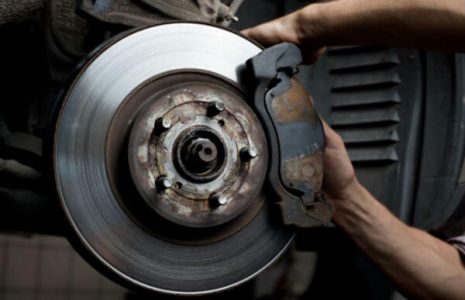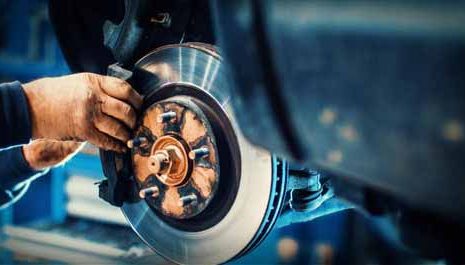Brake Pad Noise
about brake padThe brake pad noise is not the birds’ singing!
Brake’s noise is the voice we all hear in the city every day. But be sure that the noise of the brake pad isn’t the song of the birds or the baton of the violin in Beethoven’s symphony!
Every day, various types of noise pollution are spread over at various frequencies in large and small cities. The factories, audio systems, cars, etc. are the cause of all these pollutions. These environmental problems are like many other man-made problems that can be avoided with somewhat intelligence and more information. But today, ignoring these small points has led to the emergence of many hearing or nervous diseases.
The noise of brake pads is one of the issues that emerged after the industrialization of human life and the production of vehicles in massive quantities. At the beginning of the invention of the car, it was a problem, but it was not taken seriously. After a few decades, scientists started to find a solution to this problem, because the number of cars was not small and millions of cars were moving in the cities every day.

But what was their solution?
Certainly the ultimate solution was not to change the noise of the brake pads, but to mute them. Finally, after much research done by major corporations around the world, around the 1990s, they came up with materials that would solve the problem.
“Their new and magical way was to use ceramic materials.”
According to studies, the ceramic brake pads showed a tremendous performance during braking, produced very little sound that had a very low frequency which is outside the human hearing range, and, moreover had other chemical and technical benefits which was all a plus of this technology. Ceramic pads, for example, did not produce dust particles, and therefore the car tires were cleaner and more durable. Another advantage of ceramic pads is their affordability, because they are more resistant to ageing and work longer.
Purity of the Materials
All of the above is true only if the brake pads are real ceramic pads and the purity of the materials used in them is equal to the set global standards. If the ingredients or their purity are tampered or modified, the brake pads will vary. These pads come with names like organic or NAO, which means they are totally different in technology and will not have the quality and accuracy of the actual ceramic brake pads.
After the general modifications in the combination of brake materials and the appearance of ceramic pads, it was time to reform their physical structure and in the industrial design of this piece, more engineering principles were considered to ultimately achieve the required standards like using grooves at the surface of the pads to control the vibrations and remove the initial noises, or to install a metal plate called Shim’s back plate.
Until now, we have found that brake pads such as ELIG, which are actually ceramic have a significant effect on reducing the noise of the streets and improving the braking quality. But after using a ceramic pad, we have to keep in mind the other points as well.
Everything in Its Place!
All of us have repeatedly heard the sentence above, and with reference to this sentence, we must keep in mind that buying a good pad is not the end of the story. For example, if the repairer does not replace the brake pad properly or the brake disc is damaged and oily, all this will reduce the quality of brakes and make noises. Damaged brake discs, germed oil hoses, low-quality caliper, or non-tangency of pads and discs are other examples of side factors that make the brake system produce noise. For example, check the following table:
The list of types of pads’ noise, the reason for their creation and suggested solutions are provided in the table below:
| Type of Noises | Reason | Suggested Solutions |
| Very loud and scratchy noise – basically from pads | 1. The wear and thinning of pads 2. Due to the material of the pads | Changing the Pads Only |
| Medium noise – basically caused by calipers, pistons and accessories | 1. The pads and other components are not installed in their proper place. 2. Pads’ destruction 3. Caliper Depreciation
4. Disc Depreciation 5. Wheel thickness is less than normal. |
1. Install brake pads and other components in their proper place again. 2. Use a new brake pad. 3. Refer to experienced technician. 4. Replace or clean the disc pad. 5. Change disc pads. |
| Low noise – basically from disc pads | 1. Drain and destruction of disks 2. Creation of crack and grooves in disk pads 3. disc hub problem | 1. Clean or replace the disc pad. 2. Clean or replace the wheel. 3. Check with experienced technician. |



